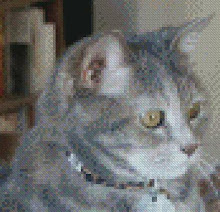The author (Thompson) has given a brief synopsis of the rankings:
"Since the formation of the French Academy in the mid-seventeenth century, there had been a codification of the relative importance of different types of paintings. Andre Felibien, friend and biographer of the premier French painter Nicolas Poussin, had in 1666 ranked them thus:
1. History, 2. Human Portraits, 3. Animals, 4. Landscapes, 5. Still Lifes. . . . Although our modern impulse is to rate works on their quality and intensity of execution, irrespective of their dimensions, subject matter, or type, the eighteenth century thought quite differently, and there were good commonsense reasons for so thinking. Such grand-size productions were
universally regarded as more important, partly because they were seen as morally elevating but also because they were known by the practitioners to be more difficult to bring off successfully. In the first place, it is much harder for a painter to maintain correct proportions and compositional coherence on a large scale. Furthermore, a history picture often must demonstrate mastery of the other painting types, such as background landscape or foreground still life, in addition to establish the credible dramatic animation and interrelationship
of figures, one of the most difficult tasks of the painter's art and one that most clearly demonstrates the prized power of imagination."

No comments:
Post a Comment